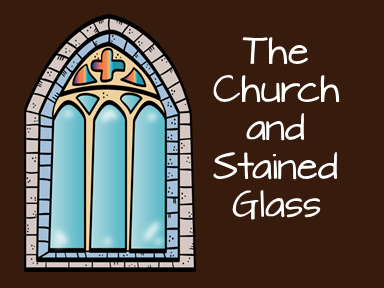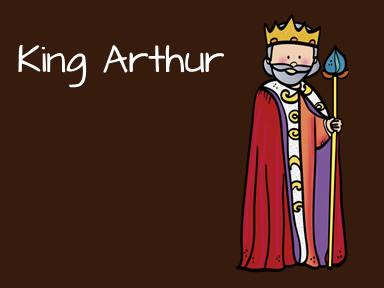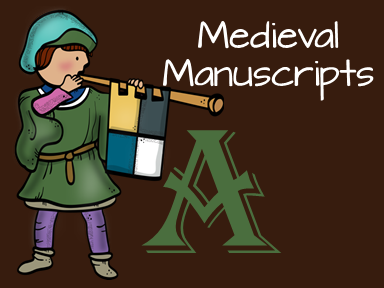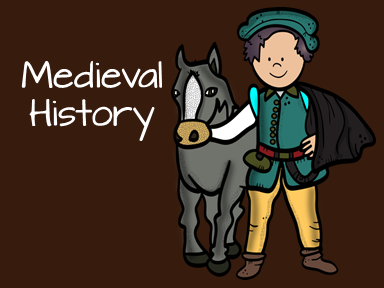During the Middle Ages the people ate only the foods that grew on the manor grounds or could be found in the nearby forests. Transportation limited the variety of foods.
Peasants ate whatever they could grow or catch. Herbs and spices were used to disguise the taste of old meat.
The meal in the castle was another matter. Peasants planted vegetables including carrots, lettuce, onions, turnips, peas, cabbage, and spinach. In the fields grains were raised such as barley, oats, rye, and wheat. These grains were ground into flour to use in breads and cakes. The peasants also harvested a number of fruits including grapes, cherries, plums, and crab apples. Nuts were also a favorite. Oat-and-vegetable pottage was a mainstay.
The only meat that was eaten was what could be hunted in the manor forests. The meat was heavily salted or smoked to keep it from spoiling. The most common meat was pork. Other meats included beef, some fresh fish, and a variety of fowl including chickens, partridges, peafowl, and pigeons.
Honey was used as a sweetener. Honey was used in the making of cakes and pastries. Verjuice was a sour juice made from crab apples or unripe grapes. It tasted much like cider. and was used as a seasoning.
Favorite drinks included wine, mead and especially ale, generally home-brewed. Mead was a fermented drink made from water, honey, malt, and yeast. Milk from cows or goats was made into cheese.
Only the wealthy lords used goblets and plates made from gold, silver, or pewter. The less important guests were served on wooden platters called trenchers or with wooden goblets. These were often shared by two people. At times the trenchers were made from bread.
When a king was traveling the lord of the manor had no choice but to prepare a great feast in his honor. The feast was an art. The cooks molded pastries into elaborate scenes. The food was decorated with food paints. Even blackbirds were hidden in the pies. They would fly out and amaze the guests. Each new dish was announced by trumpets and drums. Music and singing were part of the meal. Juggling and dancing were also forms of entertainment between courses of the meal.
 |
Salt was very important during the Middle Ages. Kings and nobles used decorated containers called saltcellars. These containers were placed below the royalty and most important guests and above the tables with less important guests. The guests who sat "below the salt" ate on wooden trenchers and were seldom served meat. |















